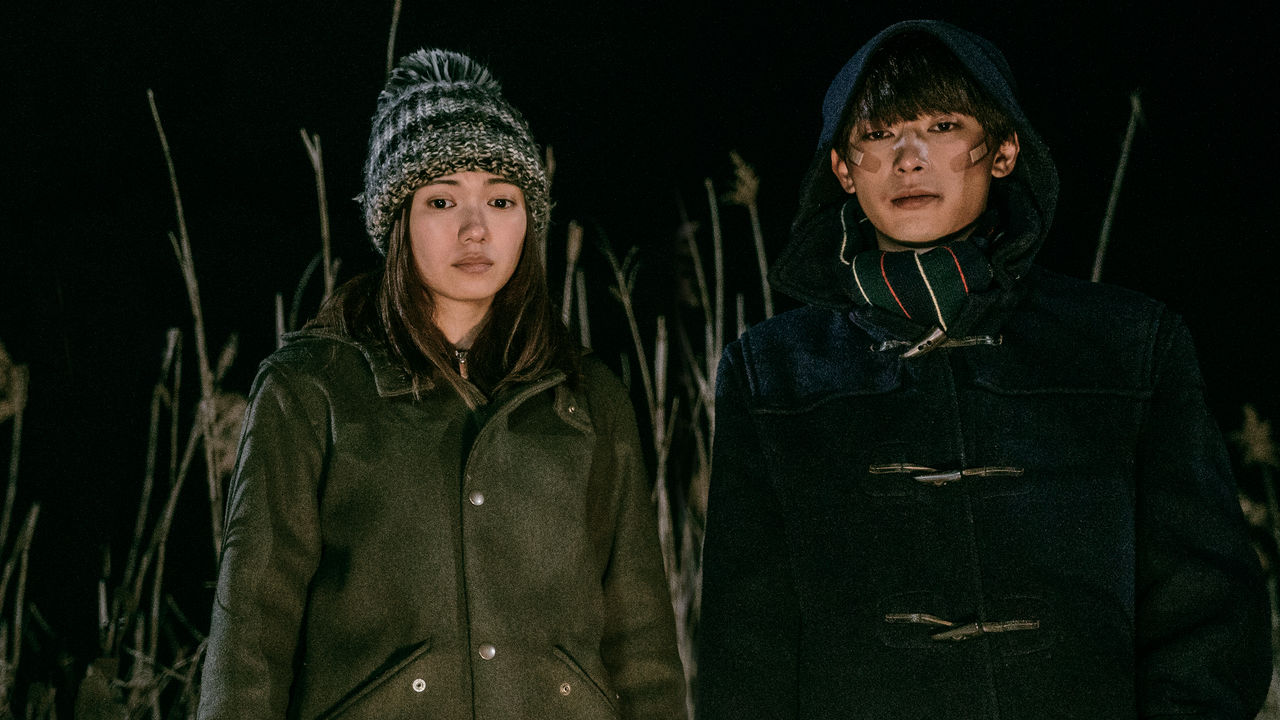Something is rotten in a Japanese town by the river. “There’s a river in our town,” Haruna Wakakusa (Fumi Nikaidô) narrates toward the beginning of the film. “The water spreads out and stagnates. It smells bad.”
READ MORE: The 100 Most Anticipated Films Of 2019
In “River’s Edge,” director Isao Yukisada paints an atmospheric picture of a Tokyo suburb ravaged by pollution, interspersing the film’s central drama with melancholic shots of factory exhaust and plumes of billowing smoke. The film follows a ring of disaffected teenagers, neglected by their parents and unsupervised by their teachers, living on the margins of society.
READ MORE: The 25 Best Films Of 2019 We’ve Already Seen
When the rumor that a fortune is buried in a nearby field reaches the local high school, it reverberates through the circles of Haruna’s friends. Ichiro Yamada (Ryô Yoshizawa), a closeted gay student, tends to abandoned kittens in the school backyard. When Yamada shows Haruna his “treasure,” a skeleton in the field, the two friends go to great expense to protect it from their peers, who are intent on looting the area in search of the buried wealth. One of the looters is Kannonzaki (Shûhei Uesugi), Haruna’s boyfriend, a young, unprincipled rogue. The son of divorced parents, Kannonzaki deals with his emotional blocks by becoming the schoolyard bully. Though Haruna protects Yamada when she can, freeing him from a locked cabinet and intervening in Kannonzaki’s mistreatment, even she moves through life with a kind of youthful indifference, chain-smoking. And Kozue Yashikawa (Sumire), a bulimic freshman and model, binge-eats in the Pepto-Bismol-pink stalls of the school bathroom, only to regurgitate it moments later.
Part mystery, part teen melodrama, and part faux-documentary, “River’s Edge” is a remarkably cold film, each character alienated from each other, yet desperate for emotional connection. Based on the 1994 manga series by Kyoko Okazaki, which takes place two years prior to the Great Hanshin earthquake, the film chronicles the lives of teenagers who become nihilists in order to grapple with their own mortality. Characters linger in solitude, staring emptily at nothing in particular; even their sex is emotionless and rote, their eyes glassy and blank. “I don’t know if I’m dead or alive,” Yamada admits to Haruna, as they stare at the skeleton in the field. “But looking at it gives me courage.”
Prioritizing metaphors and character development over plot, “River’s Edge” tends to creep slowly, a gentle current rather than a riptide. Everything — Yamada’s discovered skeleton, the lost cats who wander the grounds, the reflection of factory lights glimmering on the water, the river itself — is weighty with symbolism, as Yukisada trains his camera on emblems of death, waste, and pollution. In tandem, Kenji Maki’s cinematography lingers resonantly, letting the quietude and industrial whir of the film’s landscapes speak for themselves, both factories and empty fields at night. The result is a deeply atmospheric film, immersed in the world of its story, not so much the story itself.
Yet with such overt symbolism and melodramatic tendencies, the film’s visuals veer unsteadily toward overstylization, perhaps registering more comically than Yukisada intended. One shot comes to mind in which Kozue bites a banana, then a phallic-shaped candy, while secretly witnessing a tryst between Kannonzaki and Haruna’s friend. Another sequence, in which a character is slashed violently with a knife, evokes the grotesque aesthetics of a campy horror film.
Yukisada picks up and abandons the plot at will, preferring instead to concentrate on imagery. For the first half of the film, that’s all well and good. Yet by the film’s long-delayed third act, as symbolism is tired to exhaustion and the narrative is still underdeveloped, “River’s Edge” begins to unravel. The teenagers’ antics and wistful ennui, initially pardonable, wear thin. Perhaps because of clunky translation, the dialogue sometimes feels trite, like when Kozue tells Haruna, “People pretend to be beautiful, pretend to be nice, and pretend to have fun. It makes me sick.” By the film’s quick conclusion, spurred on by a rapid turn of events, these characters evoke less sympathy, more irritation.
Yet somehow, “River’s Edge” is difficult to stop watching. Maybe it’s the characters’ teenage angst, uninspiring yet oddly entertaining; maybe it’s the ghostly ambiance, which lurks onscreen like polluted fog. In interviews that punctuate the plot, characters’ testimonials espouse their malaise. Haruna tells us that she wants to live her life “feeling things,” while her friend cannot properly articulate her feelings about love. Yamada, by contrast, articulates an escapist wish. “I kept wishing for a UFO to appear. I still feel a strong desire to see one from time to time,” Yamada says. Then he considers. “It doesn’t have to be a UFO… I want to see something totally different from the reality to appear.” Despite its deficits, River’s Edge produces just that. [B]





